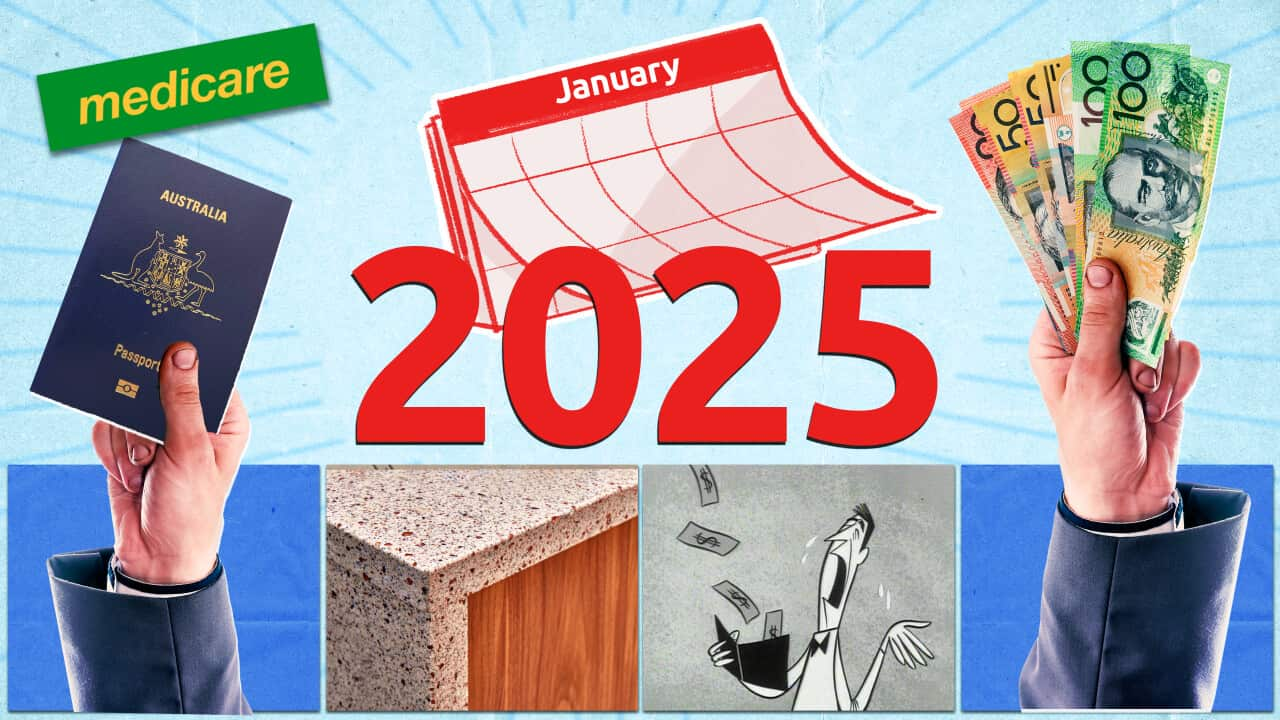Key Points
- The results of the annual Household, Income and Labour Dynamics in Australia survey have been released.
- The survey tracks the same 17,000 Australians each year, with participants followed over their lifetimes.
- This year's results show that Australians are smoking less, but vaping and using illicit drugs more.
Australians' vices, including drinking, smoking and illicit drugs, have been revealed in the latest HILDA survey.
The Household, Income and Labour Dynamics in Australia survey tracks the same 17,000 Australians each year, with participants followed over the course of their lifetime. The survey collects information on many facets of life and is the only study of its kind in Australia.
Smoking is declining, but young people are more likely to vape
There has been substantial progress in reducing smoking rates since 2001, when 25 per cent of males and 20 per cent of females aged 15 and over reported being smokers. In 2021, these rates had dropped to 16 per cent for males and 12 per cent for females.
This likely reflects the effects of tobacco control measures, as well as increased public awareness of the harmful health effects of smoking.
Declines have been biggest for young people, which reflects the fact that it is easier to prevent the take-up of smoking than it is to get smokers to quit. Indeed, HILDA shows that over 60 per cent of people who quit smoking take it up again within three years.
The progress on reducing smoking appears to have been somewhat offset by the rise in vaping or using e-cigarettes. In 2021, 14.1 per cent of people aged 15 and over reported having tried vaping, and 16 per cent of these people vaped daily.
Vaping is very much a young person’s activity. It is most common among people aged 15 to 24, and also relatively common among people aged 25 to 29. Many people who report vaping also report being smokers.
Binge drinking remains common, especially for young men
Risky drinking, here defined as usually consuming five or more standard drinks on each occasion, is relatively common, applying to over 20 per cent of males and about 10 per cent of females who ever drink alcohol.
After rising slightly between 2003 and 2009, there has since been a small decline in this measure of risky drinking for males. There has been little change in this measure for females.
Another measure of risky drinking, presented in the figure, is "excessive binge drinking", defined as drinking at least five (if female) or seven (if male) drinks per occasion at least twice per month. This measure of risky drinking is more prevalent, but it has declined for both males and females since 2007.
Risky drinking is most common among men aged 20 to 24, followed by men aged 25 to 29. However, for both males and females, regular (but not necessarily "risky") consumption of alcohol (drinking on five or more days per week) is more common in older age groups, and highest among people aged 60 and over.
30 to 34-year-olds had the largest increase in using drugs
The HILDA survey shows use of illicit drugs, such as marijuana, methamphetamine and cocaine, increased between 2017 and 2021, with annual use increasing from 15.7 per cent to 17.6 per cent for males and from 8.6 per cent to 11 per cent for females.
People aged 20 to 24 are the most likely to use illicit drugs, but the increase in use was greatest for people aged 30 to 34.

Source: The Conversation
Roger Wilkins is professorial fellow and deputy director (Research), HILDA Survey, Melbourne Institute of Applied Economic and Social Research, The University of Melbourne.
He receives funding from the Australian Research Council.









